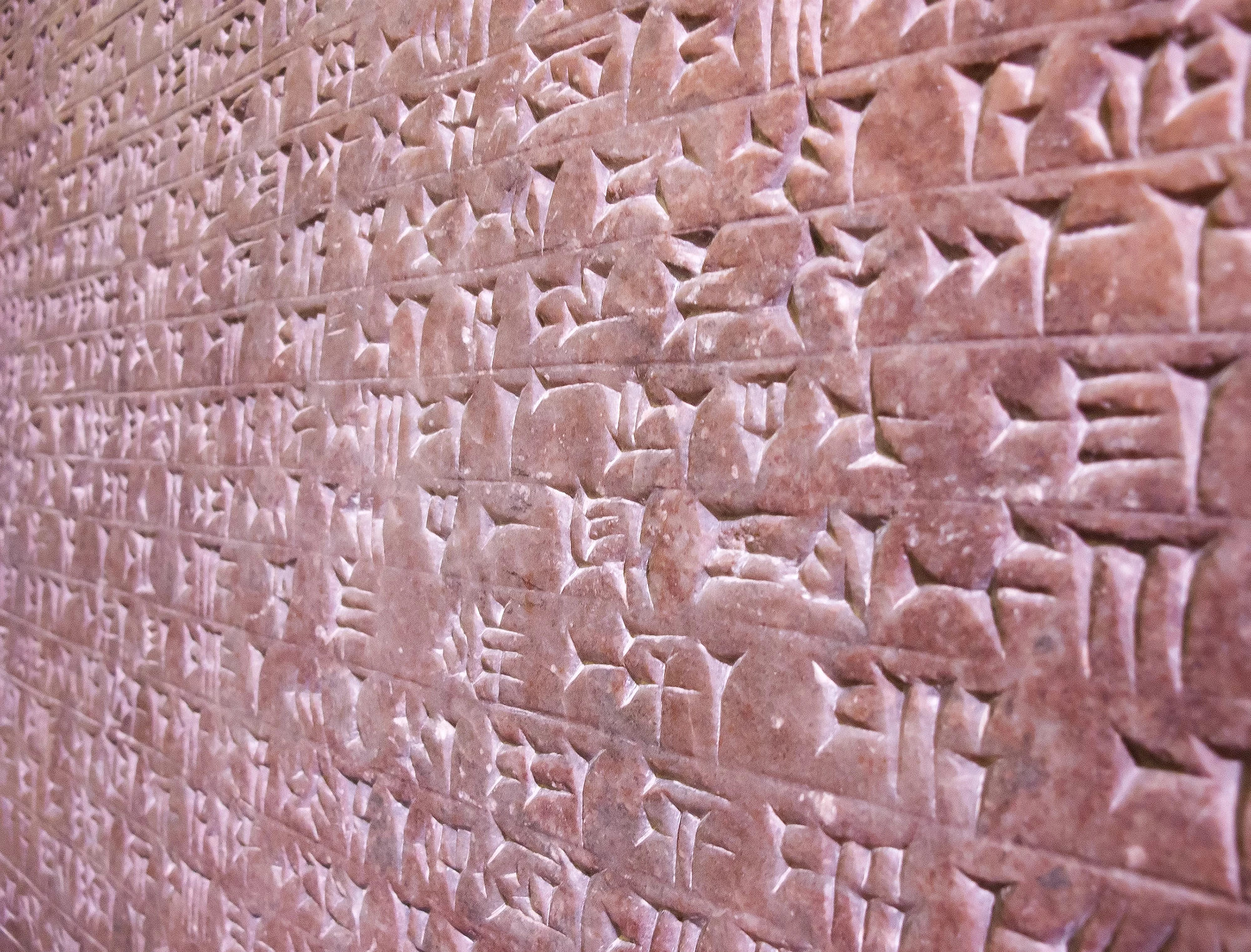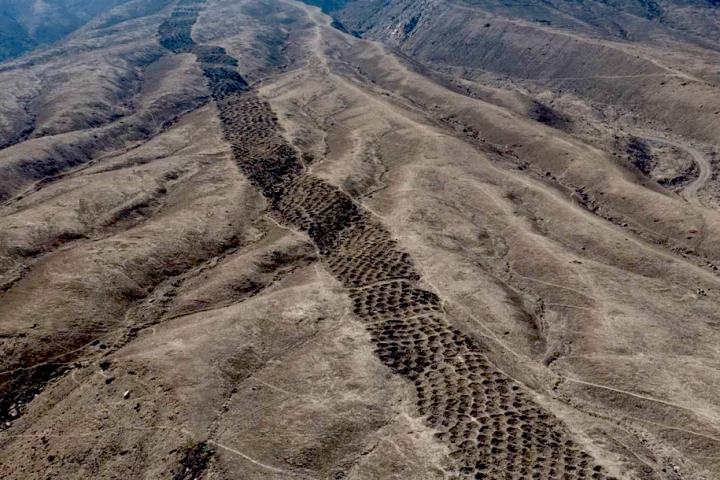Cuneiform, the world's oldest form of writing, involved making indentations in clay tablets. Scientists have now developed a data storage system that's like cuneiform on steroids – and it's capable of storing more data than a typical hard disc drive.
The experimental new technology was created by Abigail Mann and colleagues at Australia's Flinders University.
Instead of a clay tablet, the system utilizes an inexpensive polymer film composed of sulfur and a chemical compound known as dicyclopentadiene. Data is stored on that film in the form of a series of nanoscale indentations. These tiny indents are made (and read) using a fine-tip probe mounted on an atomic force microscope … not by a reed stylus.
In previous attempts at such "indent-based" data storage systems, the indents served as binary code. The presence of an indent represented a 1, while the absence of an indent represented a 0.
Not only were the polymer substrates that were used in these earlier systems difficult to produce, they also weren't very stable or finely workable. That's where the Flinders polymer comes in.
It's sensitive enough that the depth of each indent can be precisely tweaked. As a result, instead of data being stored via two-state binary code, it can be stored via a three-state ternary code in which the absence of an indent is a 0, a 0.3- to 1.0-nanometer-deep indent is a 1, and a 1.5- to 2.5-nanometer-deep indent is a 2.
This capability boosts the system's data density four-fold over binary coding.
What's more, the indents remain intact and readable until the polymer is heated to 140 ºC (284 ºF) for just 10 seconds, thus erasing it. The film can then be rewritten with new data. In tests performed so far, the material remained functional through four write-read-erase-rewrite cycles.
As an added bonus, the indent-writing process can be performed at room temperature, keeping the system's energy requirements relatively low.
"This research unlocks the potential for using simple, renewable polysulfides in probe-based mechanical data storage, offering a potential lower-energy, higher density and more sustainable alternative to current technologies," says Mann, who is a PhD student in Flinders' College of Science and Engineering.
A paper on the research was recently published in the journal Advanced Science.
Source: Flinders University




